This Folowing 4 Types of Rice Plant Pest
Hello all Steemit friends, how are you? Wish you good health always. On this occasio, I'm talking about 4 Types of Rice Plant Pest. May be usefu.
Conducting rice cultivation is inseparable from pest attacks often attack our rice plants. Therefore, farmers need to know the types of pests and diseases in rice plants and how to overcome them.
Pests are organisms that are considered harmful and undesirable. In Agriculture, pests are plant-disturbing organisms that cause physical damage, and into them practically all animals that cause losses in agriculture.
hama
So, In my view, Pests are one of the plant-destroying diseases that come from living organisms such as lice, caterpillar and mouse.
Various pests attack because the plant it is the main source of nutrients needed by these pests, will certainly harm farmers who grow crops.
There are 4 types of pests and diseases that often attack rice paddy plants and how to control or eradicate yang will the author explain below.
1. Golden snails (Pomacea canaliculata Lamarck)
Mulberry snails or also known by the popular name of golden snail (Pomacea canaliculata Lamarck) is a freshwater mollusk that became aquarium animals and important pests of rice cultivation in Asia.
The golden snail (Pomacea canaliculata Lamarck) was introduced to Asia in 1980 from South America as a potential food for humans.
However, then the snail became the main pest of rice that spread to the Philippines, Cambodia, Thailand, Vietnam, and Indonesia. Conch snails eat young rice crops and can destroy crops during initial growth.
Scientific classification
image source
Mulberry snails or also known by the popular name of golden snail (Pomacea canaliculata Lamarck) is a freshwater mollusk that became aquarium animals and important pests of rice cultivation in Asia
How to overcome
The overcome snail pest in the first 10 days on the transplanted rice and before the plant is 21 days on table (the planting directly seed).
Eggs of golden conch will be eaten by ant red , while ducks eat young snails.
During the preparation of the land in the final stages, place the ducks in the paddy fields and after the plants grow large enough (eg 30-35 days after planting), snails can be harvested and then cooked by humans to eat.
How to collect eggs snail put banana stem leaves to attract attention white collect more easily and destroy the eggs.
To pull the adult snail, place stick bamboo the best done in the morning and afternoon when the snail is in active state.
2. Stem Borer
The stem borer is a pest whose caterpillar lives in a rice stalk. These pests are found in tropical Asia, such as in Indonesia, Pakistan, Philippines, and tropical Australia (in the north).
This pest turns into a yellow or brown moth; usually 1 larvae in 1 tiller. Moth is active at night, The female larva puts 3 egg mass for 7-10 days of its life as an adult insect. The yellow disc-shaped bark yellow eggs are covered by bright brown feathers from the female abdomen. Each egg mass contains about 100 eggs.
Scientific classification
White rice stem borer (Scirpophaga innotata Walker, 1863) is a moth belonging to the Crambidae tribe. These animal larvae become an important pest in rice cultivation. Symptoms discovered before flowering rice are referred to as sundeps and the symptoms of an attack done after a panicle out are known to be outsides.
image source
How to overcome
Protect biological control agents-To protect natural enemies of stem borers, do not use broad-spectrum pesticides, eg. Methyl Parathion. Slice tip leaf blade before planting move.
The yellow stem borer eggs are placed near the end of the leaf strand. By slashing the seedlings before transplanting, the transfer of eggs from the seedbed to the paddy field can be reduced.
Plant later (a little late) to avoid the yellow stem borer moth
Resistant varieties-Some varieties such as PB 36, PB32, IR 66, and IR 77 are capable of producing new tillers so as to compensate for dead puppies
Dry in the sun or straw in the sun to kill the larvae contained there. o The larvae of stem borer larvae that floats with the net. flood water in the fields after harvest.
3. Mouse
Rats (Rattus argentiventer (Rob. & Kloss)) damage the rice plants at all growth rates, from seedling to harvest, even in storage.
Scientific classification
Rice mice, Rattus argentiventer, are rats that are easily found in rural and urban areas throughout Southeast Asia and Asia.
image source
Severe damage occurs when mice attack rice in the generative phase, because the plant is not able to form a new tiller. Mice ruin the rice plants starting from the middle of the plot, then extending towards the edge.
Rats attack rice at night. During the day, rats hide in holes in irrigation dikes, paddy fields, dikes, and rural areas near the rice fields.
Pada periode beda, sebagian besar tikus bermigrasi ke daerah perkampungan dekat sawah dan kembali lagi ke sawah setelah pertanaman padi menjelang fase generatif.
In different periods, most of the rats migrate to the village area near the paddy fields and back again to the rice fields after the rice crop ahead of the generative phase.
How to overcome
Take control of rats at the beginning of the growing season before entering the reproductive period. Activities include mass gropyok, sanitation habitat, installation of TBS (Trap Barrier System) / Trap Barrier System) and LTBS (Linear Trap Barier System).
Gropyok and sanitation were carried out in rat habitats such as along irrigation dikes, large dikes, embankments, and rice field boundaries with settlements. Installation of trap bubu on nursery and TBS production was done in rat endemic area to suppress rat population at the beginning of planting season.
4. HB-Bacterial blight
Hawar is one of the symptoms of attack of a plant pathogen. The sign of a blight attack changes rapidly on the appearance of plants, beginning with wilting in most tissues (especially leaves), followed by rapid chlorosis (just days), browning, and tissue death on the surface. The initial symptom can be a circular lesion in the leaves that progressively become larger
Hawar mostly attacks leaves or flowers (so often referred to as leaf blight) and causes great losses because this disease strikes suddenly and invades large areas. The cause can come from bacteria, fungi (fungi), or protista (Oomycetes). Symptoms of wilting suddenly arise due to blockage of filtering vessels (phloem) by colonies of pathogenic organisms, and then the expansion of attacks into the target tissue.
Bacterial Hawar (HB) or Bacterial Leaf Blight (HDB) is a disease that can infect old seeds and plants. When HB occurs in young plants called crackle and when it occurs in old plants called leaf blight. Infected plants lose the area of leaves and produce less and less grain. In the nursery, the infected leaves turn gray-green rolled and eventually die.
Bacteria (from the Latin word bacterium, plural: bacteria) is a group of organisms that have no cell nucleus membrane. These organisms belong to the prokaryote domain and are very small (microscopic), and have a big role in life on earth.
The structure of bacterial cells is relatively simple: without nucleus / cell nucleus, cell skeletons, and other organelles such as mitochondria and chloroplasts. Bacteria are 0.5-5 μm in size, but some are 700 μm in diameter, Thiomargarita. Bacteria can be found in almost all places: in soil, water, air, in symbiosis with organisms.
How to overcome
Use varieties resistant to bacterial blight. This is the most effective way to control disease. Complete fertilization-The disease gets worse when N fertilizer is overused, without P and K.
Reduce seed damage and disease spread, Reduce the spread of disease by handling the seeds well when planting time to move.
The control of bacterial leaf blight disease will be more successful when implemented in an integrated manner, since various factors can affect the disease in the field, such as soil conditions, irrigation, fertilization, moisture, temperature and resistance of rice varieties grown. Comprehensive integrated efforts include planting resistant varieties, making nursery dry or not inundated, plant spacing not too tight, not cutting roots and seedlings to be planted, not too high water when new crops are planted and avoiding the provision of N fertilizer too high.
Control efforts to overcome this disease is to do some things :
- Improvement of farming methods, through:
- Optimal soil treatment
- Setting cropping pattern and planting time simultaneously in one stretch
- Crop rotation and resistant varieties
- Planting of superior varieties of healthy seeds
- Setting spacing
- Balanced fertilization (N, P, K and micro elements) in accordance with the growth and seasonal phase
- Setting the irrigation system according to the plant growth phase
- Environment sanitation
- Utilization of Corynebacterium biological agents
- Effective spraying of bactericide is recommended and permitted wisely on the basis of observations
Conclusion
Pests and diseases are biotic stresses that can reduce yields and may even cause crop failure.
Rice pest control can be done by controlling with environmental sanitation, control of culture culture, controlling biologically, controlling based on insect behavior, controlling with plant material that produce odor of Walang sangit and chemical control (pesticide).
Suggestion
In controlling pests in rice plants, we should know what parts attacked and how severe the attacks there so we can determine how to control what suits the type of attack
Source

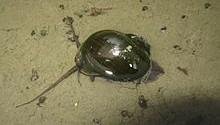
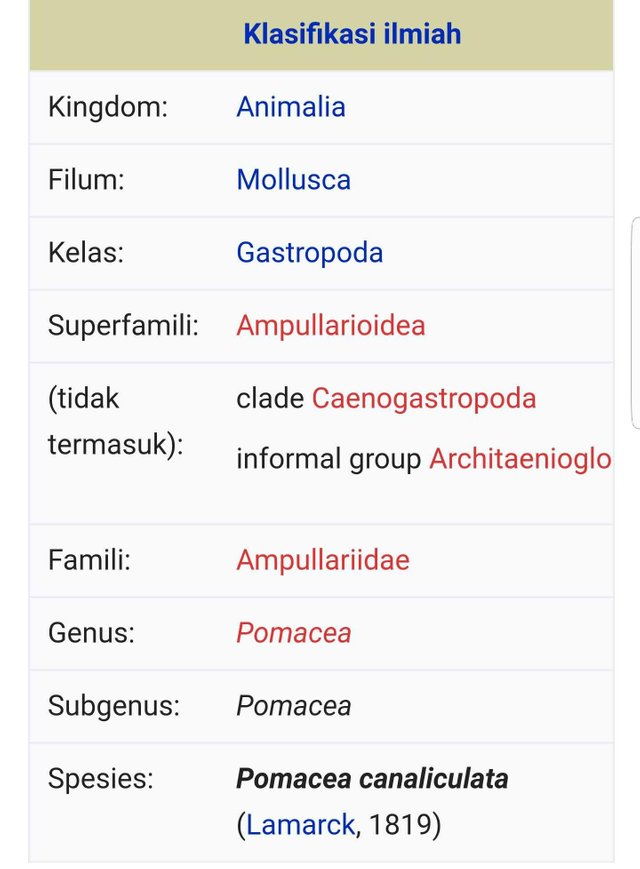
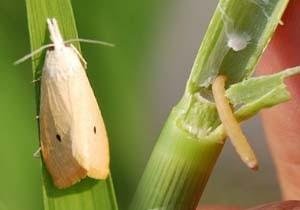
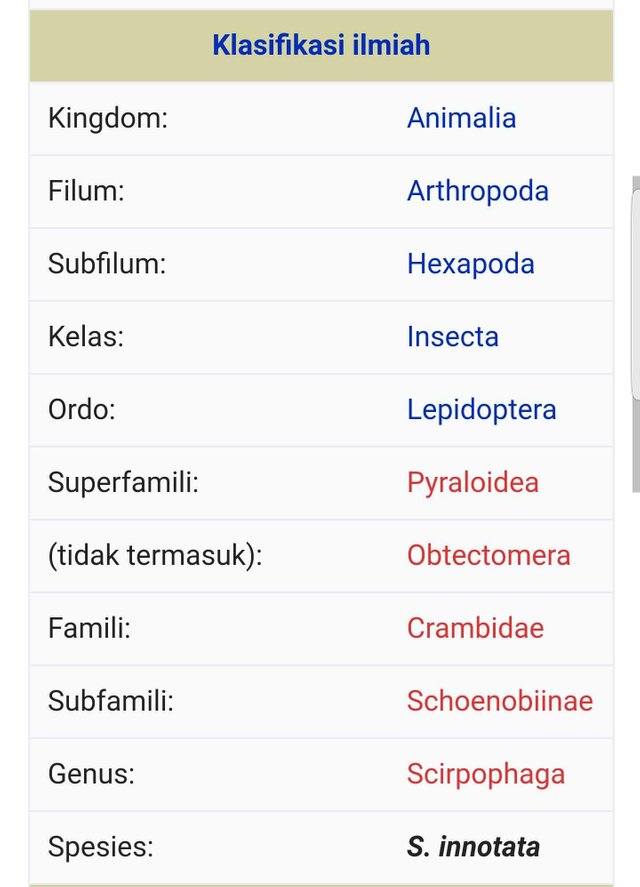


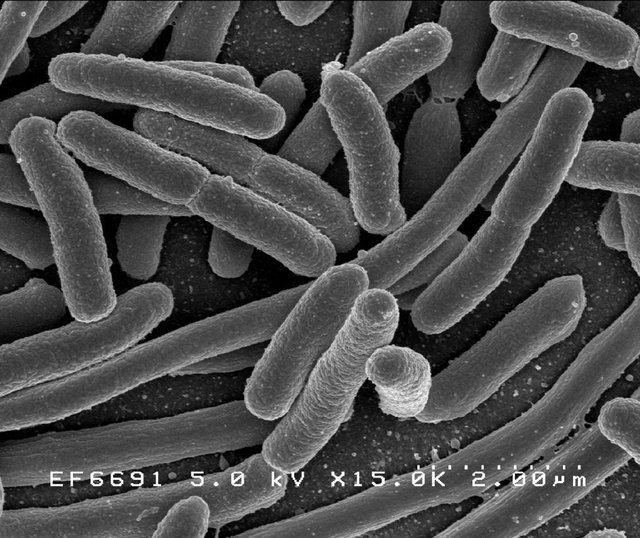
Good post @azirgraff, do not forget sappot my akun
Your account must be activated by posting, if your post is good, your friends definitely support who are still new. Thank you, you are always there in my post
Thank you @azirgraff
What about Human? Did they a pest? :p
humans are actually not pests, it's just there that behave like a pest.
#patnyangnasakakeunantroehsidoem
Hahaha, if so let's get rid of the pest :p
👍👍👍🎺
Congratulations! This post has been upvoted from the communal account, @minnowsupport, by azirgraff from the Minnow Support Project. It's a witness project run by aggroed, ausbitbank, teamsteem, theprophet0, someguy123, neoxian, followbtcnews/crimsonclad, and netuoso. The goal is to help Steemit grow by supporting Minnows and creating a social network. Please find us in the Peace, Abundance, and Liberty Network (PALnet) Discord Channel. It's a completely public and open space to all members of the Steemit community who voluntarily choose to be there.
This post recieved an upvote from minnowpond. If you would like to recieve upvotes from minnowpond on all your posts, simply FOLLOW @minnowpond
@cmtzco has voted on behalf of @minnowpond. If you would like to recieve upvotes from minnowpond on all your posts, simply FOLLOW @minnowpond
Thank you for a great post.
I am not a farmer, but interested in everything that have with agriculture to do in general.
The only one of this i knew about from before was the mouse.
And i found the bit about the golden snail extra interesting. :)
Keep up this kind of posts :)
Thanks for the detailed post, pests can cause colossal harm in the agricultural or food industry. But as for me, it's easier to deal with them if they are in the fields. It is much more difficult to get rid of pests at home or in cars. I found a good service https://merlinenvironmental.co.uk/pest-control/bury-st-edmunds/ that will help fight pests in a short line, I think it's better to trust the professionals since it can be dangerous to deal with pests yourself.